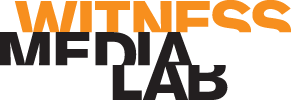Verification
ABOUT
Arab Citizen Media
Online network and hub of training materials for Arab citizen media platforms, including curriculum on verifying online reports. See their Learning Resources for Arabic training materials. ACM also created Checkdesk, a digital platform and methodology for citizen media verification.
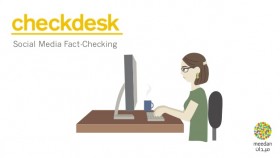
BBC College of Journalism
The BBC’s Trushar Barot speaks about safety, ethics and authenticity when working with user-generated content.

Bell¿ngcat How-Tos
The site created by the foremost analyst of Syrian citizen videos provides how-to’s explaining the process of analyzing online videos and images. It includes a “Beginner’s Guide to Geolocating Videos” and tips on using Google Earth to verify and geolocate footage.
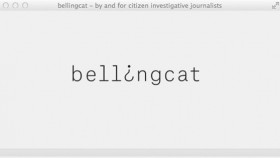
Citizen Evidence Lab
Created by Amnesty International’s Christoph Koettl, this online resource provides original tools for the verification of online video. It includes a step-by-step guide to verify and catalog online footage of human rights abuse, and links to other resources relevant to human rights video verification, such as the YouTube Data Viewer, which identifies the thumbnail images of YouTube videos and automatically puts them through a Google reverse image search to help determine if a video has previously circulated online. Also available in Sinhala and Tamil.

Eyewitness Media Hub
Led by journalists and academics, this group researches the news industry’s use of eyewitness media, to address legal, ethical, and logistical issues surrounding its creation and use.
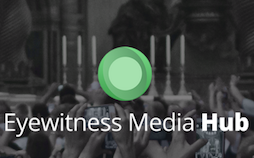
First Draft News
Resources, tips, and articles on verification for journalism by a coalition of experts in partnership with the News Lab at Google
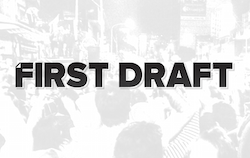
FotoAhora and FotoCheck
Tools for the verification of twitter photos, aimed at both the photographer (FotoAhora) and the viewer (FotoCheck). FotoAhora is a mobile app that adds metadata to footage posted on Twitter, so that viewers can verify where and when it was taken. FotoCheck is a Chrome browser extension that allows users to click on a twitter photo and view the image’s online history by putting it through a Google reverse image search. (The tools are currently available in Spanish only.) Click here to learn why a Venezuelan company developed these tools.

Google Reverse Image Search
Not sure if a photo or video is authentic? Upload the picture or a video thumbnail to Google’s image search and you’ll see if the same image has circulated the web previously. See how WITNESS used this tool to determine that a video circulating among Venezuelan social media was actually from Colombia.
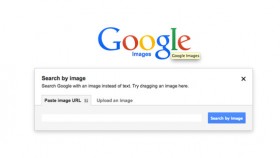
How to Verify Source Material
A 4-minute animated video from the Journalist Survival Guide. Also in Arabic

Real or Fake?
Similar to above, by France 24’s The Observers, in French with English subtitles. The 7-minute video covers several real examples of how journalists verified or debunked online reports of breaking news, and patterns of hoaxers to be aware of.
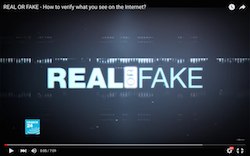
Storyful Blog
All things related to citizen media verification from the Storyful newsroom, including an outline of its verification process and an e-book on social newsgathering.
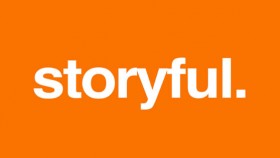
Ushahidi Guide to Verification
This short guide provides tips and considerations to keep in mind when verifying user-generated videos.

Verification Handbook
Publication by the European Journalism Centre compiling best practices and case studies on verifying citizen media from experts in news, human rights, and crisis response fields, including WITNESS’s Human Rights Channel Curator, Madeleine Bair. Also available in Arabic and Portuguese
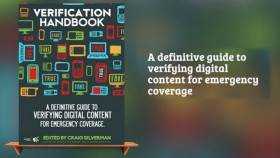
Verification Handbook for Investigative Reporting
This follow-up guide by the European Journalism Centre focuses on methods of using user-generated content (UGC) for investigative research. It includes case studies, such as the frame-by-frame analysis of cellphone video used to prove the innocence of a Brazilian activist accused of setting a police vehicle on fire.
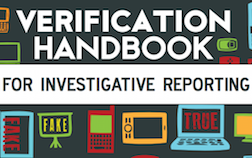
Verification Junkie
A blog compiling apps, tools, and other resources on citizen footage verification, curated by Josh Stearns.
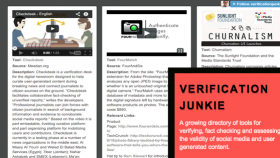
Verifying Online Video – Tip Sheet
This tip sheet outlines four basic steps that can be taken to determine whether or not the content of an online video is authentic or not. It is intended to support news media, human rights advocates, investigators and activists in the process of verifying online video of human rights abuses so they can use the content in reports, and possibly as evidence. Also available in Spanish and Arabic.
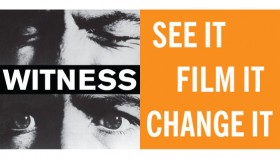
The WITNESS Blog
All things video and human rights, including discussion of citizen video verification and a series on citizen video for journalists.

WITNESS Blog
More ideas from the Media Lab can be found on the WITNESS Blog.
WITNESS Library
Visit the WITNESS Library for free resources for video activists, journalists and their allies.
